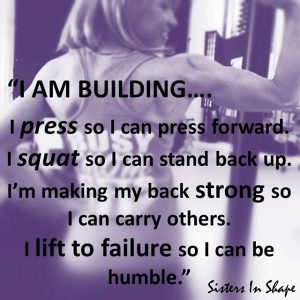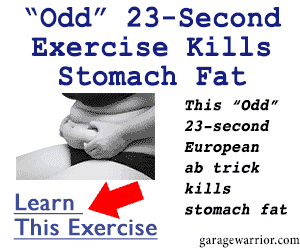1. Immediate Post-Workout Recovery:
– Ice Therapy: Apply an ice pack (15–20 minutes) to reduce inflammation.
– NSAID’s: Use ibuprofen/naproxen *short-term* for pain/swelling (consult a doctor if pain persists).
– Rest: Avoid overhead lifts, bench presses, or movements that aggravate pain.
—
Pre-Workout Routine
Goal: Activate rotator cuff muscles and improve shoulder mobility.
1. Dynamic Warm-Up (5–10 minutes):
– Arm Circles: 10 forward/backward circles (start small, gradually widen).
– Band Pull-Aparts: Hold a resistance band at chest height, pull apart while squeezing shoulder blades (2 sets of 15 reps).
– Scapular Wall Slides: Stand against a wall, slide arms up/down while maintaining contact (2 sets of 10 reps).
2. Rotator Cuff Activation:
– External Rotations with Band: Anchor a band at elbow height, keep elbow tucked, rotate arm outward (3 sets of 12–15 reps).
– Internal Rotations with Band: Same setup, rotate inward (3 sets of 12–15 reps).
—
Post-Workout Recovery
Goal: Release tension and restore mobility.
1. Static Stretches:
– Doorway Stretch: Place forearms on a doorframe, lean forward to stretch chest/shoulders (hold 30 seconds, 3 sets).
– Sleeper Stretch: Lie on your side, gently press working arm toward the floor (internal rotation stretch; hold 20–30 seconds, 3 sets).
2. Foam Rolling:
– **Upper Back:** Roll mid-to-upper back to release tightness in thoracic spine (1–2 minutes).
—
Rotator Cuff Strengthening Exercises
*Perform 2–3x weekly (avoid on heavy shoulder days).*
1. External/Internal Rotations
– Use light dumbbells (2–5 lbs) or bands. Keep elbow bent at 90°, rotate slowly.
– 3 sets of 12–15 reps each direction.
2. Scapular Retractions
– Squeeze shoulder blades together (hold 5 seconds; 3 sets of 15 reps).
3. Face Pulls (with Resistance Band):
– Pull band toward forehead, elbows high, squeeze shoulder blades (3 sets of 12 reps).
—
Lifestyle Adjustments
– Posture: Avoid slouching; keep shoulders back during desk work.
– Modify Workouts: Reduce weight/volume on overhead presses; opt for neutral-grip exercises.
– Sleep Position: Avoid sleeping on the affected shoulder; use a pillow for support.
—
When to Seek Help:
– Pain persists >1–2 weeks, sharp/shooting pain, or weakness.
– Consult a physical therapist for a tailored rehab plan (rotator cuff tears require professional care).
Strengthening the rotator cuff improves shoulder stability and prevents future injuries. Prioritize form over weight to avoid strain!

Cut your Gym cost by 100%…>>> Mega-Muscle-Madness

